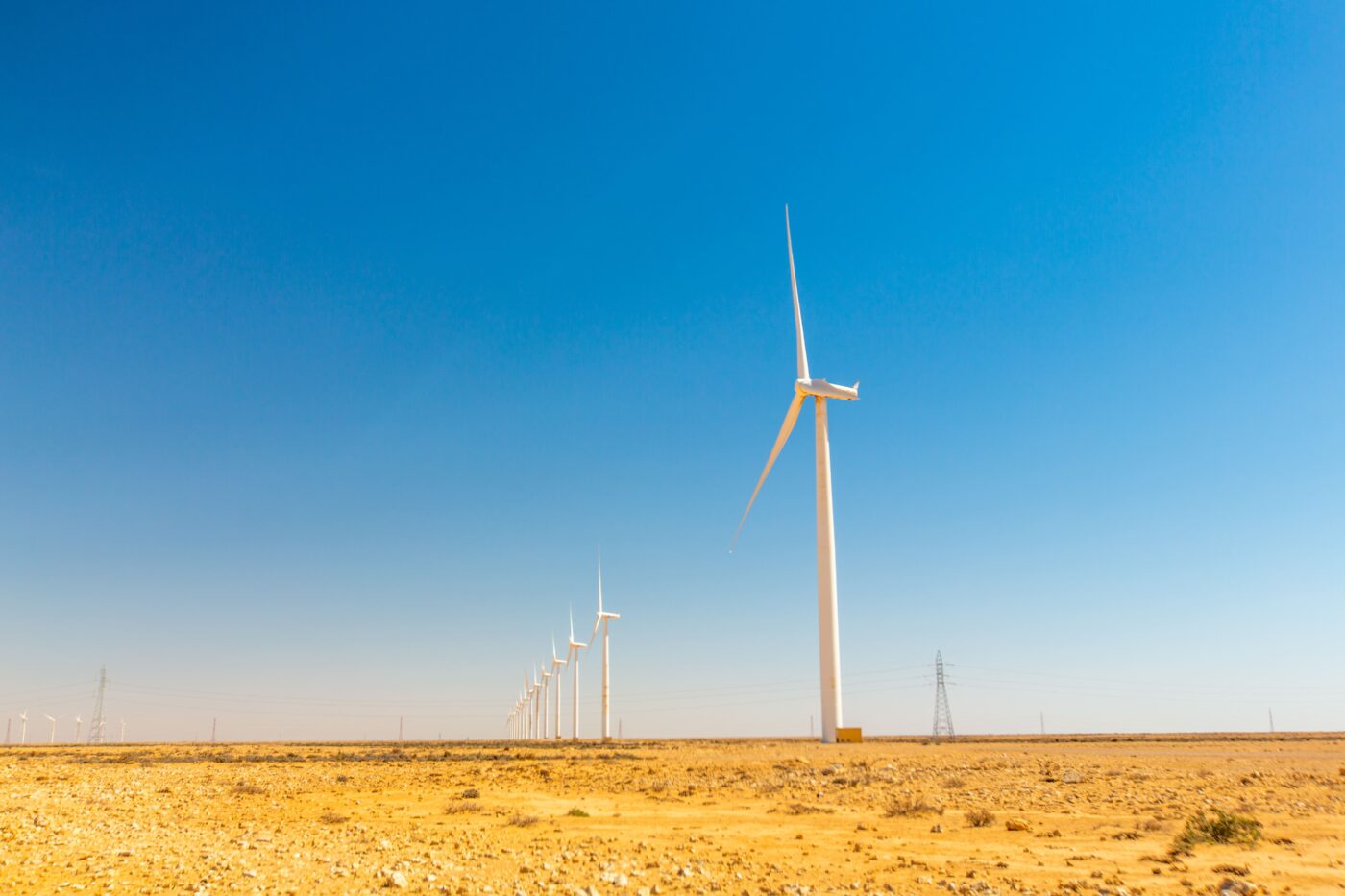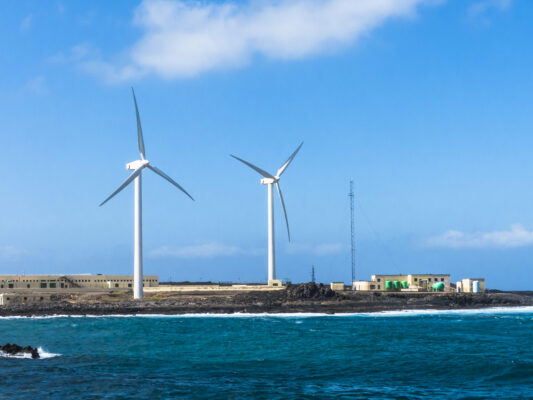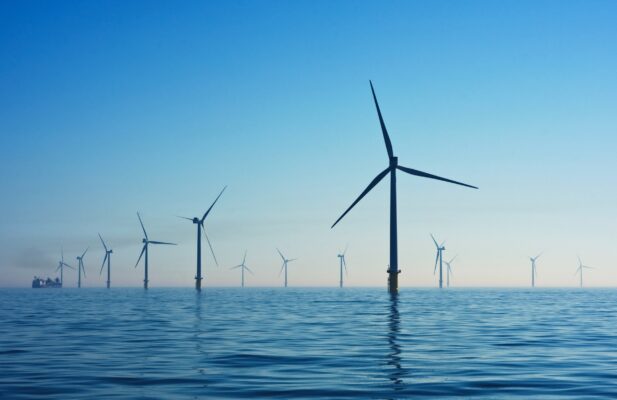From import strains to sustainable transition
Morocco’s legacy as a major energy importer had its economy tightly tethered to the global fossil fuel market, making it susceptible to price fluctuations and climate change repercussions. The scenario was particularly daunting for the agriculture-dependent population and those residing in informal settlements. The ripple effects of climate change, especially droughts, posed a severe threat to the nation’s sustainability.
Responding to these challenges, Morocco launched its National Energy and Energy Efficiency Plan in 2008, to curb the rising energy import costs and set the foundation for eco-friendly growth. The plan outlined ambitious objectives for transitioning towards sustainable energy production through wind, solar, and hydroelectric sources, aiming to reduce carbon emissions and extend electricity accessibility to remote rural regions.
Setting ambitious renewable goals
The National Energy and Energy Efficiency Plan laid down the target of sourcing eight percent of Morocco’s primary energy from renewables by 2012, escalating to 42 percent by 2020, and further to 52 percent by 2030. Following this trajectory, Morocco set specific targets under its Moroccan Integrated Wind Program, intending to achieve 2,000 MW of installed wind power capacity by 2020 and up to 5,000 MW by 2030.
The plan was not mere rhetoric; the results have been tangible and significant. By 2022, Morocco’s installed wind capacity reached an impressive 1,788 MW, ranking second in Africa behind South Africa and ahead of Egypt. This progress was facilitated by the commissioning of substantial wind capacities in 2021 and 2022, marking a steadfast move towards achieving the nation’s renewable aspirations.
The crown jewel of Morocco’s renewable quest
Wind energy has become a cornerstone in Morocco’s renewable energy matrix, contributing to a whopping 46% of the total energy consumption. One of the showcases of this progress is the Tarfaya wind farm, one of Africa’s largest with an installed capacity of 301 MW. The country’s geographical layout, particularly in regions like Tangier, Tetouan, Dakhla, Tarfaya, Taza, and Essaouira, offers an excellent wind energy potential with annual average wind speeds exceeding 9 m/s at 40 m elevation along its 3,500-km coastline.
According to a study by German Development Cooperation (GIZ), it’s estimated that Morocco’s theoretical wind power potential stands at about 2,645 GW, demonstrating the immense renewable resources the country holds. The early wind farms commissioned in the 2000s set the stage for larger projects, with Morocco pioneering the development of a significant on-grid wind power project of 50 MW as early as in 2000.
Expected impacts of Morocco’s wind acceleration
- Creation of 174,000 full-time equivalent (FTE) job years across the lifespan of the wind farms
- Contribution of US$3.4 billion in gross value added (GVA) to the national economies over the wind farms’ lifespan
- Generation of 6,500 GWh of electricity annually starting from 2027, equating to:
- Powering 6.6 million homes with clean energy each year
- Energizing 1.8 million electric vehicles yearly from 2027 onwards
- Prevention of 110 million tons of carbon emissions throughout the wind farms’ lifespan
- Annual conservation of 12 million liters of water from 2027, which would otherwise be utilized for thermal power generation
Source: Global Wind Energy Council
The broader impact and the path forward
Morocco’s wind energy endeavor is not merely an exercise in sustainability but an impactful drive towards socioeconomic upliftment, job creation, and local community development. The foray into renewable energy has also placed Morocco as a key player in the energy market in the European Maghreb area, strengthening energy exchanges and investment attractiveness in the energy sector.
Moreover, the Moroccan model serves as a trailblazer for other African and Arab nations aiming to transition towards a renewable energy future. The success of Morocco in this realm has received acknowledgment from bodies like the United Nations Economic and Social Commission for Western Asia (UNESCWA), setting a formidable benchmark for other nations in the region.
Morocco’s wind narrative extends beyond its borders, signifying a broader shift towards renewable energy, and positions the country as a beacon of sustainable and inclusive growth in the region. As the winds continue to gust across the vast stretches of Morocco, they carry with them the promise of a renewable, sustainable, and self-sufficient energy future not only for Morocco but potentially for the African and Arab world.



